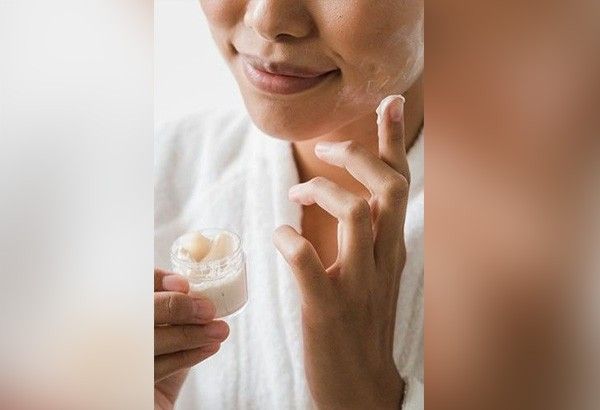'Filipino skin, to moisturize or not? Board-certified dermatologist answers

MANILA, Philippines — What is the "Filipino skin"?
How is it different from other skin types and what should Filipinos know about when it comes to taking care of it?
Philstar.com asked board-certified dermatologist Dr. April Geraldez-Rivera about Filipino skin.
"We are brown. So when you're brown, the one thing that really stands out is you have to be careful with the treatments because with brown skin, we have a lot of melanin.
"We can react strongly to treatments and there's a risk for post-inflammatory hyper pigmentation," the dermatologist said.
Dr. Geraldez-Rivera has 18 years of experience in taking care of the skin. It stems from her own experience as a teenager who lived virtually in her dermatologist's house, which was beside their home, due to her acne problems.
The doctor co-founded Remedy, a clinic that initially offered solutions for acne problems in its first branch in One Uptown Residences in Bonifacio Global City in 2019. She serves as its chief executive officer and medical director. She co-founded the clinic with her husband, "techpreneur" (technology entrepreneur) Paul Rivera, who is also co-founder and Chief Executive Officer (CEO) of tech startup Kalibrr.
Today, Remedy has another branch in Vertis North in Quezon City. Apart from acne, it also offers solutions for acne scars, anti-aging and hyperpigmentation. It will soon hope to address hair loss and hair removal concerns.
Dr. Geraldez-Rivera explained how the Filipino skin differs from other skin-types, such as the Caucasian skin, when it comes to how it reacts to certain external factors.
"For example, you get a scratch, 'di ba nangingitim? Sometimes you get the mosquito bite, minsan nangingitim," she said. "Even if you're young and not diabetic, 'pag marami kang melanin, 'yun 'yung tendency. When your skin heals, it triggers the darkening response."
Dr. Geraldez-Rivera said that this aspect is crucial especially in her practice. It is most vital when it comes to doing treatments and procedures on the face, the most visible part of the body and often the first one that attracts attention.
"It means that when you treat the face, that's one thing that should always be top of your mind. We should, in our practice, we have minimally invasive treatments but we never perform them unless the skin is bright so that they don't react. So, I think you have to know the Filipino skin," she said.
The moisturizer question
Philippine weather is notoriously known as humid because of its tropical climate. The doctor said that it might affect how Filipinos treat their skin, but shared how a moisturizer is used.
The doctor offers as an example of herself going outside the Philippines, particularly in cold countries where a moisturizer can be essential. In the Philippines, however, it can be a different case.
"Here in the Philippines, you know, a lot of people, unless you are really dry, a lot of people can skip moisturizer, lalo na 'yung mga heavy [types] because of the weather, because it's humid," she said.
She also explained that applying a lot of things on one's face can clog the pores, and clogged pores can often lead to skin concerns.
Dr. Geraldez-Rivera said as a clinic that specializes in acne solutions, they have had given advice about it.
"We have a lot of acne patient. One thing we really tell them, unless we see it's dry, it's not mandatory na you use moisturizer. Kasi common misconception is dapat palagi three-steps," the doctor said, referring to popular skincare trends that often suggest steps, such as cleanse, tone and moisturize, as ideal regimen.
Like the holistic and personalized skincare approach that she and her clinics espouse, the doctor said that skincare is best customized and personalized.
"It depends on your skin, depends on your skin type, what you're coming in for, your skin tone.
"So hindi siya palagi 10 steps. So for me, like, it's common knowledge that people say, 'OK, you need three steps: cleanse, tone, moisturize.' Dapat nga four e. Dapat may sunblock. But like, for example, 'pag acne, sometimes you can skip the moisturization part," she said.
The doctor went on to enumerate the possible treatments for specific skincare concerns, but in the end, she stressed about her point on personalized beauty.
"Important talaga ang personalization because there's no de kahon that's good for everybody."
RELATED: Dermatologist warns weather change can affect skin, gives tips



















